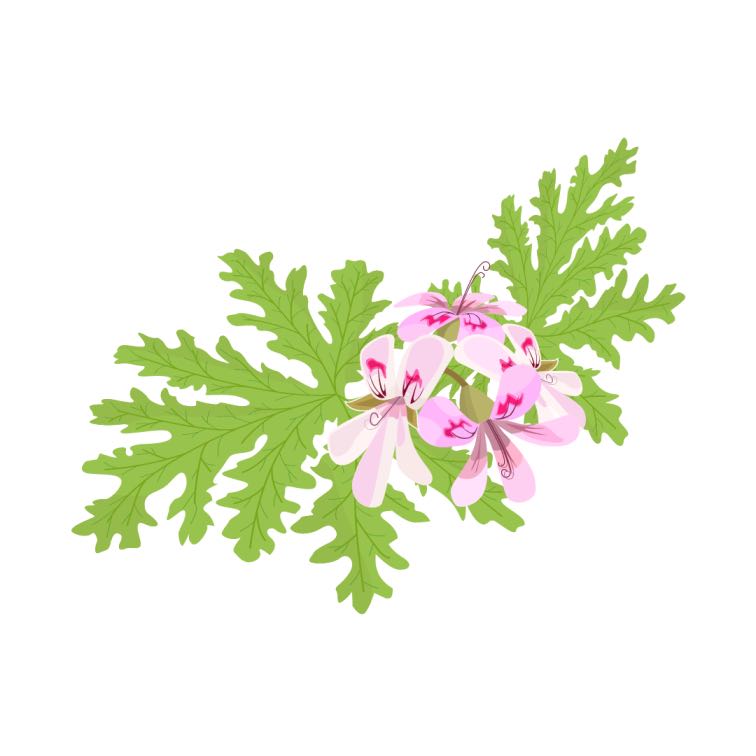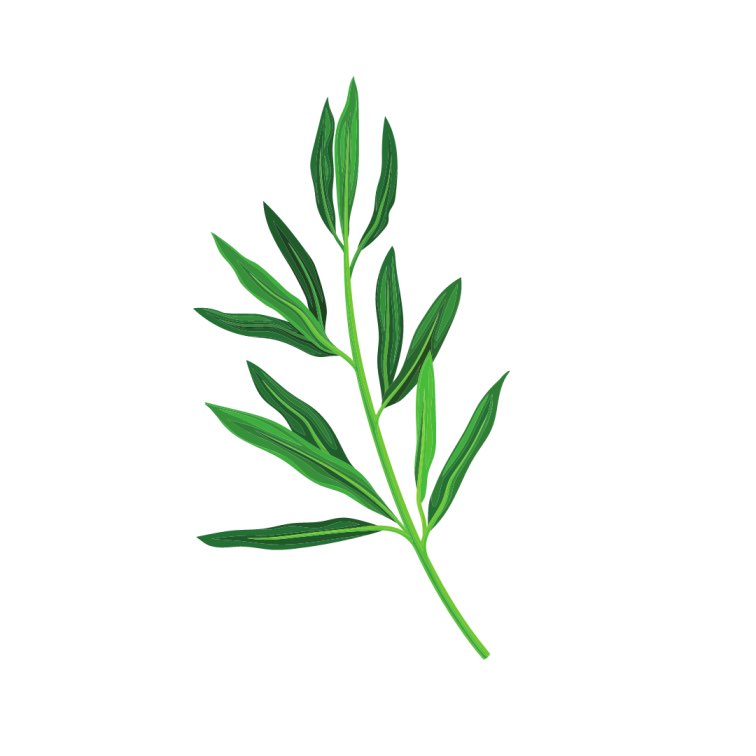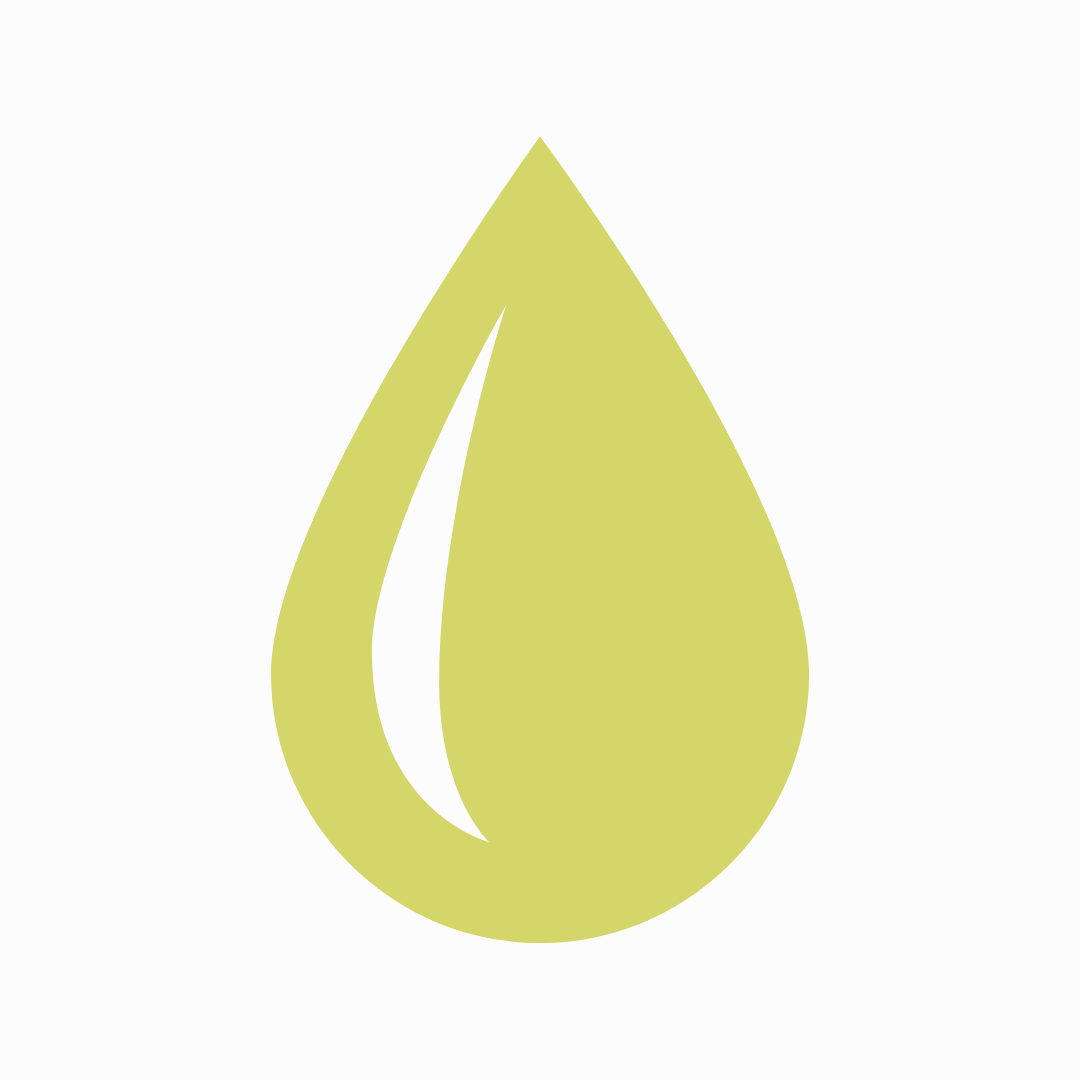Do you worry about the harmful chemicals you encounter every day? It can be challenging to avoid toxic chemicals in today's society. They can be found in the water we drink, the skin care products we use, the homes we live in, and even the air we breathe. These chemicals can have harmful effects on our health, including causing cancer, disrupting our hormones, and damaging our reproductive and immune systems.
In this comprehensive guide, we'll explore 9 toxic chemicals to watch out for. We'll also provide information on the health risks associated with each chemical and offer tips for finding and using non-toxic products to avoid them.
Here is a list of toxic chemicals that you should try to avoid:
- Phthalates
- Parabens
- SLS (sodium lauryl sulfate)
- BPA (bisphenol A):
- Oxybenzone
- Formaldehyde
- Lead
- Triclosan
- Benzene
Let’s take a deeper look at what these chemicals are, where they can be found, and how you can avoid them.
1. Phthalates
What are phthalates?
Phthalates are a group of chemicals commonly used in plastics, personal care products, and household products. They are known to disrupt hormones and have been linked to reproductive problems, birth defects, and other health issues. Phthalates can be found in a variety of products, including toys, vinyl flooring, and cosmetics.
How to avoid phthalates?
Look for products that are labeled "phthalate-free" or "no PVC" and avoid products that have "fragrance" listed as an ingredient, as this may be a way for manufacturers to hide the use of phthalates. Whenever possible, choose products made with natural ingredients that are phthalate-free, like face creams, deodorants, shampoo bars, dish soaps, etc.
2. Parabens
What are parabens?
Parabens are chemicals used as preservatives in personal care products and have been linked to hormonal imbalances, fertility problems, and an increased risk of cancer. They can be found in a variety of products, including shampoos, lotions, and makeup.
How to reduce paraben exposure?
As with phthalates, reading the labels is the safest way to avoid parabens. Look for products that are either labeled "paraben-free" or don't have parabens among the listed ingredients. A great option are the products made with natural preservatives such as vitamin E or grapefruit seed extract.
3. SLS (sodium lauryl sulfate)
What is SLS?
SLS is a chemical used as a surfactant in cleaning products, personal care products, and industrial products. It can cause skin irritation and has been linked to organ toxicity. SLS can be found in a variety of products, including toothpaste, laundry detergent, and shampoo.
How to avoid SLS?
There are many products available that are as effective and even superior to the ones that contain SLS. To avoid SLS, look for products labeled "SLS-free" and opt for natural cleaning and personal care products like castile soap or coconut oil.
4. BPA (bisphenol A)
What is BPA?
BPA is a chemical used in the production of plastics and has been linked to a range of health problems, including fertility issues, cancer, and developmental problems in children. It can be found in a variety of products, including plastic bottles, canned food liners, and cash register receipts.
How to avoid BPA?
Staying away from BPA is much easier today as there are many sustainable alternatives available. Search for products that are labeled "BPA-free" and choose glass, stainless steel, bamboo or ceramic products instead of plastic. In case you do have an item that contains BPA, avoid heating it in the microwave or dishwasher, as this can cause BPA to leach into the food or drink.
5. Oxybenzone
What is Oxybenzone?
Oxybenzone is a chemical used in sunscreens and has been linked to hormonal imbalances, allergies, and an increased risk of cancer. It can also contribute to coral reef bleaching.
Ways to decrease or eliminatethe use of Oxybenzone
Today, there are many companies making safe, eco-friendly sun care. These companies make their sunscreens without Oxybenzone and use natural ingredients like zinc oxide and titanium dioxide instead. You can also protect your skin with clothing and shade and opt for mineral-based makeup that provides sun protection.
6. Formaldehyde
What is Formaldehyde?
Formaldehyde is a chemical used in a variety of products, including household cleaners and personal care products. It is a known carcinogen and can cause respiratory problems, skin irritation, and other health issues. Formaldehyde can be found in products such as disinfectants, fabric softeners, and some cosmetics.
How to reduce exposure to Formaldehyde?
The best way to get rid of formaldehyde in your cleaning routine is to opt for eco-friendly cleaning products made with natural formulas. A good option are also DIY cleaning solutions that use vinegar and baking soda.
7. Lead
What is Lead?
Lead is a toxic metal that can be found in a variety of products, including paint, water pipes, and cosmetics. It can cause developmental problems in children, as well as kidney damage, high blood pressure, and other health problems.
Methods of lowering lead exposure
To lower your exposure to lead, check the label of products to ensure they are lead-free. Since lead is commonly found in cosmetics make sure that the cosmetics you are using is made without it. You can choose some of the lead-free options like this lipsticks, mascara, eyeliner.
8. Triclosan
What is Triclosan?
Triclosan is a chemical used in antibacterial products, including soaps and toothpaste. It has been linked to hormonal imbalances and an increased risk of cancer. Triclosan can also contribute to the development of antibiotic-resistant bacteria.
How to avoid Triclosan?
Make sure to stay away from antibacterial soap and antibacterial products in general. Check the labels on your personal care products to ensure there is no triclosan listed and opt for natural cleaning and personal care products made with ingredients like tea tree oil and coconut oil.
9. Benzene
What is Benzene?
Benzene is a chemical found in a variety of products, including plastics, resins, and rubber. It is a known carcinogen and can cause leukemia, as well as other health problems. Benzene can be found in products such as solvents, detergents, and some types of plastics.
How to reduce benzene exposure?
As a widely used chemical, benzene is in many different products and categories. That's why it's important to get as educated as possible and know where you can find it. And always keep the habit of checking the labels.
How to find non-toxic products
There are a few steps you can take to find non-toxic products that avoid toxic chemicals like phthalates, parabens, SLS, BPA, oxybenzone, formaldehyde, lead, and triclosan. Consider supporting companies that commit to using non-toxic ingredients and transparent labeling practices.
You can check the ingredient list on the product packaging to see if it contains any of the toxic chemicals listed in this guide. Another option is to opt for natural or organic products, as these are often made with safer, non-toxic ingredients. By taking these steps, you can find products that are better for your health and the environment.
Take control of your health and the products you use
Ultimately, it is our responsibility as consumers to stay informed about toxic products and to take necessary steps to avoid them.
By staying informed and making conscious choices about the products we use, we can protect our health, the health of our families and the environment.
If you are looking for non-toxic skincare and household products to shop for, check out Green Eco Dream store and use code: BLOG10 to save 10% on your first order!
If you enjoyed reading this Blog, please share it, and help us get the word out together. Thank you! 😊















